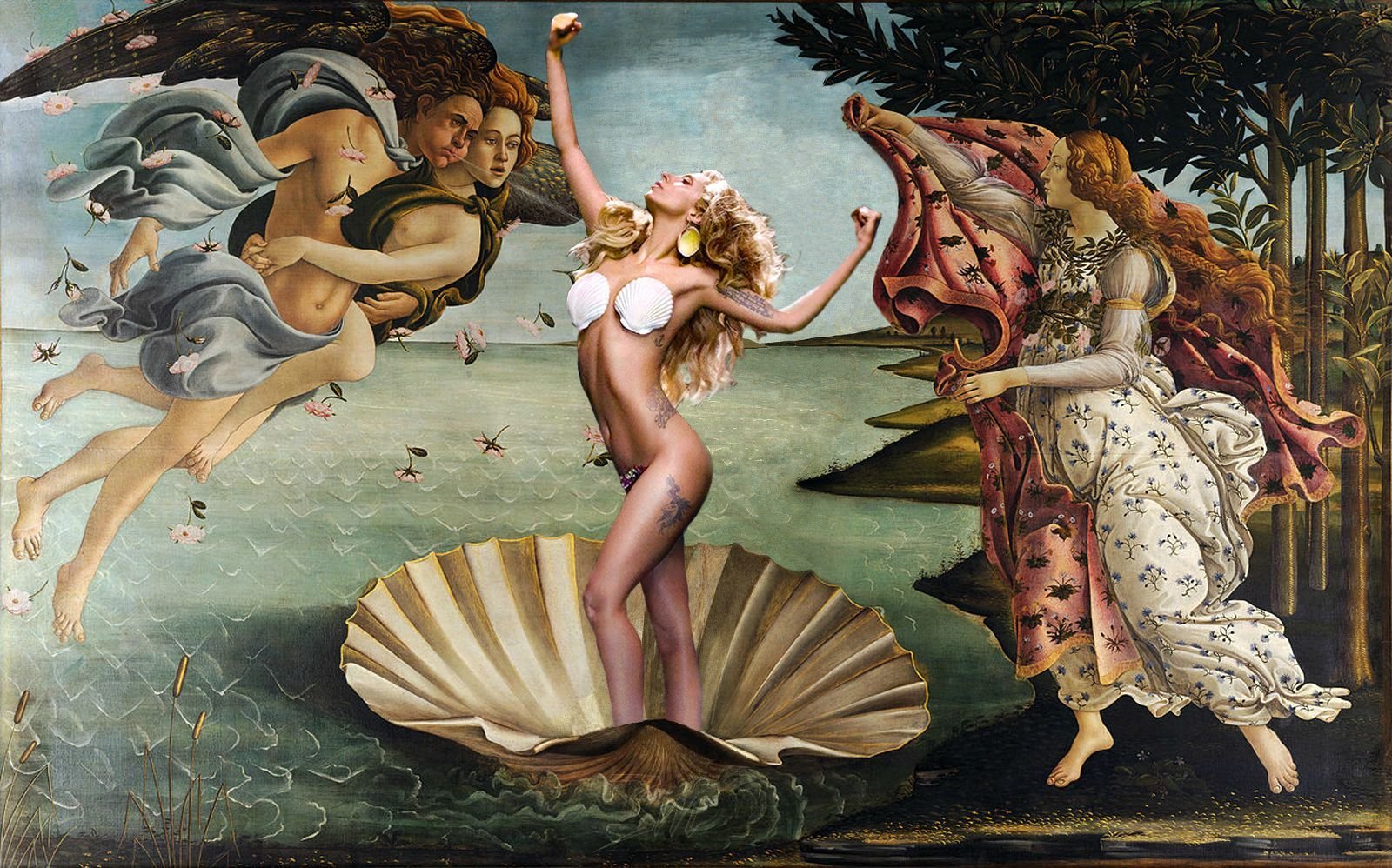
Revving Engines and Reverberant Sound: Noise in Formula 1
Noise in Formula 1 is reaching a breaking point where pleasing both fans and host communities may not be possible anymore.

The Afghan War on Rugs
Afghanistan has been exporting war rugs since 1979—many now hang in museums. So why don’t we know their makers?

Devotion, Exports, and Civic Duty: Gerard David’s Functional Landscapes
According to Sally Whitman Coleman, Gerard David’s landscapes are non-functional alongside other Flemish Primitives—but Emily Vescio disagrees.

The Fuller Brooch as an Anglo-Saxon Object
The Fuller Brooch dually embodies constructs of Englishness and the “Anglo-Saxon.”

The Semiotics of Typography in Night Media
Intricacies of type design influence our impressions as we read and thus our understanding of the world.

Carr v. Thomson: A Case of Sexism, Settler Nationalism, and Indigenous Erasure in Canadian Art History
Anthony Portulese argues that the Group of Seven’s artwork promotes the illusion of a country born on uninhabited lands.

Capital, Colonization, Contemporaneity: The Architecture Behind Joar Nango’s Sámi Shelters
According to Sámi artist and architect Joar Nango, “colonization and architecture are not separate phenomena.”

Deux tableaux, deux mesures : la réception de la race aux Salons du Louvre de 1741 et de 1800
L’histoire du Salon public du Louvre, racontée à travers le sujet caché de la race.

Natural Landscape as the Great Visual Raconteur: A Reading of The Destruction of Sodom and Gomorrah
Bles imagines a novel frontier through the overlooked set-pieces of Northern Renaissance paintings—one where nature is a primary narrative-emotive device conveying the Lord’s wrath.

Exhibiting Artemisia
When curating Artemisia Gentileschi, what story does one tell—that of a violent life or a pioneering businesswoman?

Tam Khoa Vu’s “Their Country”: Towards an Empowered Telling of Migrant Future
“All wars are fought twice, the first time on the battlefield, the second time in memory.”

Venus in the City: Alma-Tadema’s Female Figures and the Creation of an Erotic Geography
Using Unconscious Rivals and other Roman genre scenes as a case study, Taryn Power examines the use of Roman literature and history as a language for discourse about gender, sexuality, and urbanity in late-nineteenth century London.

A Queer Analysis of Botticelli’s Venus and Her Role as Pop-Cultural Icon
Botticelli’s Venus exhibits a dual, paradoxical nature: she is both shamed into modesty yet empowered by her sexual agency. Consequently, she may be understood as a symbol of sexual— and thus societal emancipation for oppressed and marginalized individuals.

Materially Immaterial: Perspective and Value Creation through NFTs and Photographic Negatives
Precisely what an NFT is, relies on the evolving understanding of ‘authenticity’ that has been central to the art market since its inception.

Looming Large: Coverlet Weaving in Southern Appalachia
Madeleine Mitchell formulates a model for assessing Craft Revival coverlets as art in order to argue for their consideration in the art historical scope.

Urban Art in Montreal’s Creative City: Intersections of Street Art, Graffiti, and Gentrification in the Plateau-Mont-Royal
Gentrification, activism, and community come together and conflict in the Plateau-Mont-Royal’s street art.

Mimicry as a Method of Subversion in Indigenous Art
Kent Monkman and Rebecca Belmore appropriate the materials and styles of colonisers to express Indigenous themes as they relate to anticolonialism.
